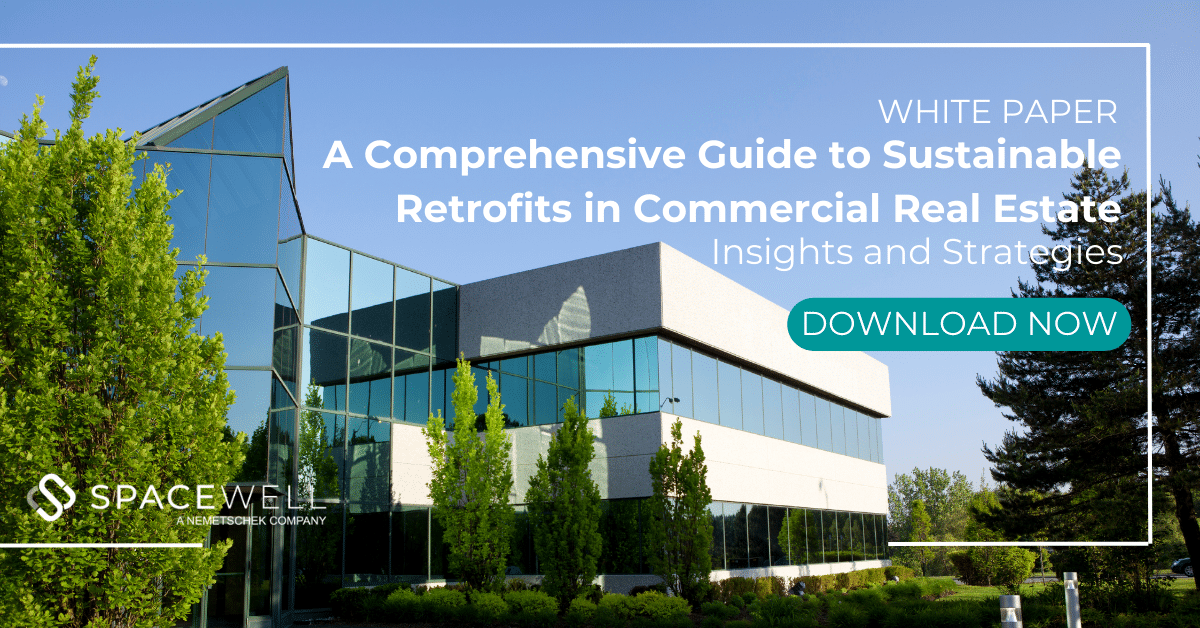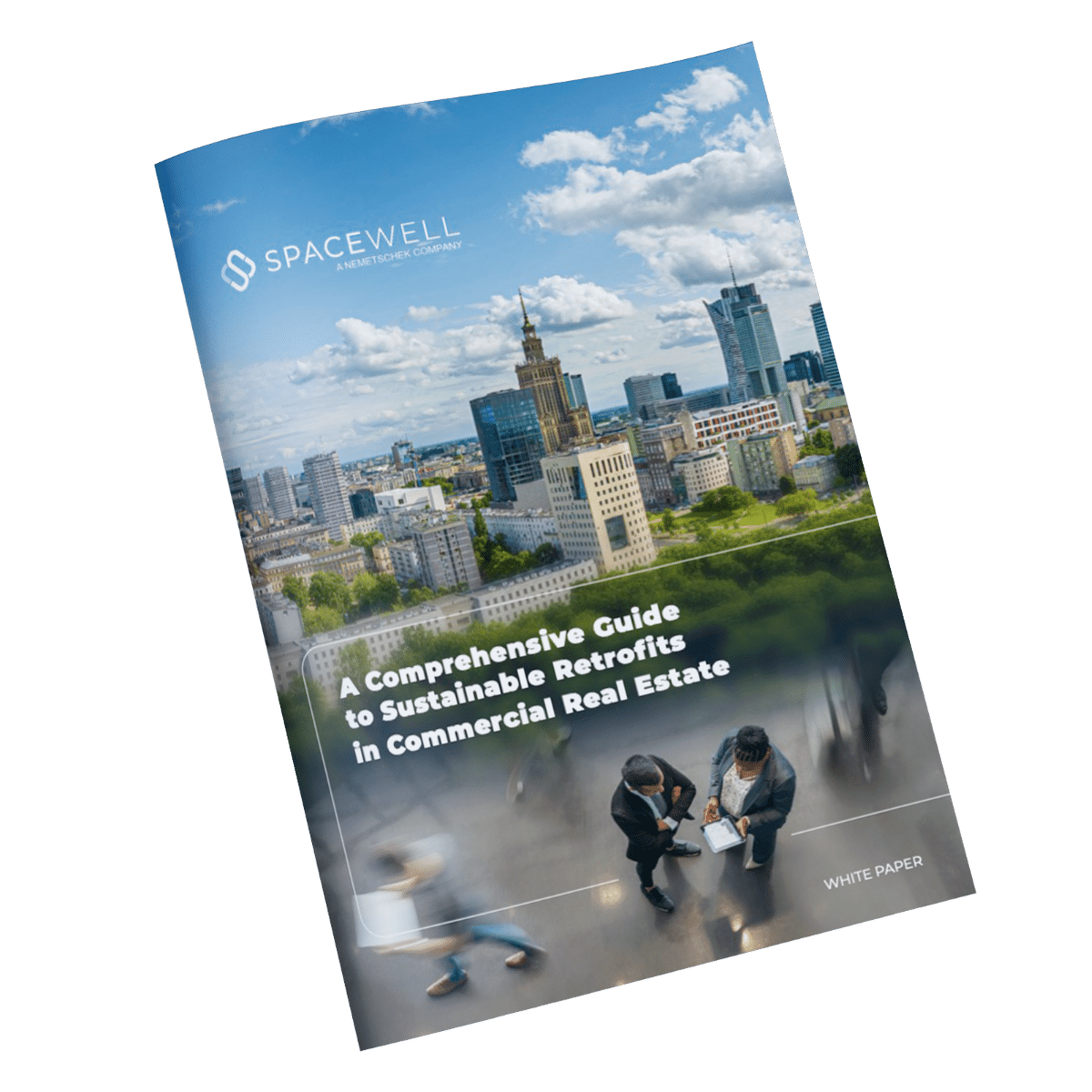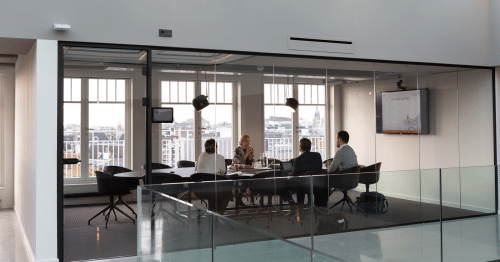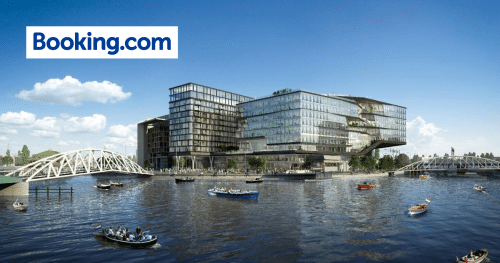A Comprehensive Guide to Sustainable Retrofits in Commercial Real Estate
In this guide, you’ll explore practical approaches to retrofitting, uncover its benefits for an enhanced workplace experience, and understand the necessity for owners to implement holistic retrofitting programs.
The commercial real estate sector faces increasing pressure to upgrade outdated assets due to regulatory demands for improved environmental performance and shifts in work patterns reducing space demand. Elevated tenant expectations further necessitate properties supporting wellness, flexibility, and collaboration.
These factors create a need for strategic sustainable retrofits in Commercial Real Estate to reduce the sector’s significant emissions contribution. While technologies exist to improve building efficiency, their widespread adoption is crucial for meeting carbon reduction goals. However, current adoption levels are low due to misaligned incentives and lack of prioritization.
As regulations tighten and stakeholder preferences change, the incentives for retrofitting are shifting. Failure to act promptly may lead to difficulties in renting out energy-inefficient buildings or asset devaluation.
Transforming the sector requires strategic planning and investment in upgrades to HVAC, lighting, metering, materials, and renewable energy integration to create healthier, future-proofed spaces.
This paper targets key stakeholders in commercial real estate, highlighting the alignment between climate action, portfolio future-proofing, and financial performance. It explores the driving factors behind retrofitting programs in commercial real estate and the opportunities they present in terms of human, technological, and workplace experiences.











